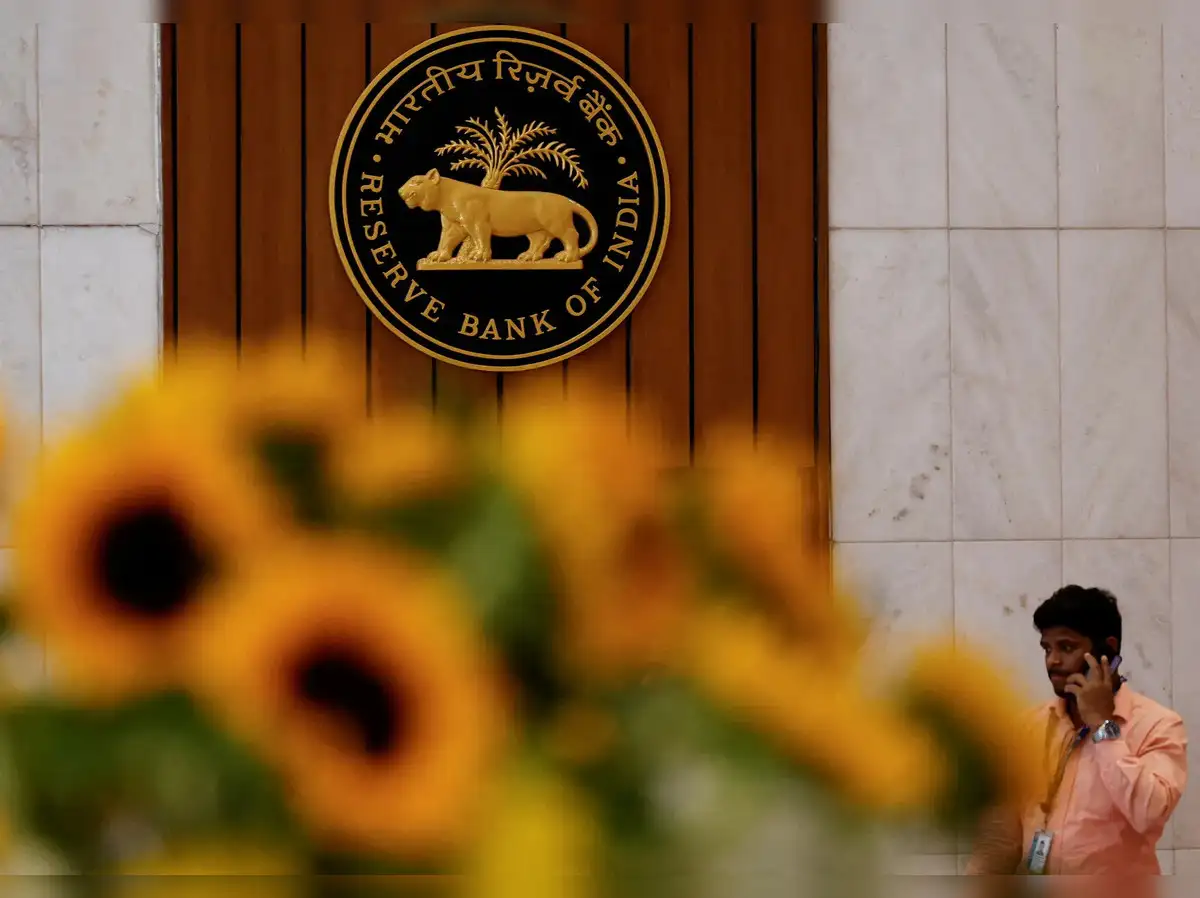Global Expansion Strategies for FinTechs in Emerging Markets: A Playbook for Leaders
2nd August 2025
 Top Fintech Innovations Shaping 2025: The Future of Finance
Top Fintech Innovations Shaping 2025: The Future of Finance
 How Open Banking is Shaping Financial Services Globally
How Open Banking is Shaping Financial Services Globally
 How AI is Transforming the Credit Scoring System
How AI is Transforming the Credit Scoring System
 What the Future Holds for Digital-Only Banks: Navigating the Next Era of Banking
What the Future Holds for Digital-Only Banks: Navigating the Next Era of Banking
 The Role of Cryptocurrencies in Cross-Border Payments
The Role of Cryptocurrencies in Cross-Border Payments
 Flipkart Gets a Lending Licence: A Bold Leap into Embedded Finance
Flipkart Gets a Lending Licence: A Bold Leap into Embedded Finance
 The Impact of 5G on Fintech Services
The Impact of 5G on Fintech Services
 QR Codes and the Cashless Leap: Transforming India's Financial DNA
QR Codes and the Cashless Leap: Transforming India's Financial DNA
 The Rise of Contactless Payments: Benefits and Security Concerns
The Rise of Contactless Payments: Benefits and Security Concerns
 The Evolution of Fintech Regulation: What’s Next?
The Evolution of Fintech Regulation: What’s Next?
.jpg) The Future of Payments: Trends Reshaping Transactions in 2025
The Future of Payments: Trends Reshaping Transactions in 2025
 Biometric Payments: The Next Big Trend in Secure Transactions
Biometric Payments: The Next Big Trend in Secure Transactions


02 August 2025
5 min read
5688
As global FinTech adoption matures in developed markets, forward-looking companies are increasingly turning their focus to emerging economies. Africa, Southeast Asia, South Asia, and Latin America represent billions in untapped financial activity, with large underbanked populations and rising smartphone penetration.
But scaling into these markets isn't just a growth tactic—it’s a strategic transformation. Success demands more than product localization or rapid launches. It requires a thoughtful approach to infrastructure, regulation, partnership, and user behavior.
Here’s a strategic guide for FinTech leaders navigating global expansion in emerging markets.
Expansion in new regions should begin with ecosystem mapping. Identify which banks, telcos, agent networks, regulators, and distribution partners are critical.
🔹 Why it matters:
Local players bring more than infrastructure—they bring trust, licenses, user bases, and regulatory insight.
🔹 Action:
Form joint ventures, co-branded offerings, or strategic alliances with institutions that already own the last mile.
Waiting for a compliance issue to arise before engaging regulators is a mistake. Regulatory frameworks in emerging markets are often evolving, and proactive engagement builds goodwill.
🔹 Why it matters:
Markets like India, Brazil, Nigeria, and Indonesia have shown they're open to innovation—if it’s responsible.
🔹 Action:
Establish a regulatory affairs function early. Join industry groups, participate in sandboxes, and co-develop best practices with local authorities.
Most emerging-market users access financial services via smartphones (or feature phones), not laptops. Yet digital adoption often coexists with strong reliance on cash.
🔹 Why it matters:
If your product doesn’t work with local cash-in/cash-out infrastructure—or burns too much data—it won’t scale.
🔹 Action:
Invest in agent networks, offline-friendly UX, and integrations with mobile money, QR wallets, or USSD. Design for digital-cash coexistence, not replacement.
Traditional credit scores won’t exist for the majority of users. But creditworthiness is still visible—if you know where to look.
🔹 Why it matters:
FinTech lenders that rely solely on FICO-style models will find themselves unable to underwrite effectively.
🔹 Action:
Use telco data, transaction histories, mobile top-ups, utility bill payments, and social behavior as proxies. Partner with open banking players where infrastructure allows.
Localization isn’t cosmetic. Behavioral, cultural, and economic differences should shape the core value proposition.
🔹 Why it matters:
A lending app in Kenya serves different needs than one in Mexico. A savings tool in Pakistan may succeed where microcredit doesn’t.
🔹 Action:
Tailor product design to reflect local pain points—whether it’s currency volatility, inflation, remittances, or healthcare expenses.
Avoid the “big launch” playbook. Success stories in emerging markets often stem from gradual, iterative entry, not hypergrowth.
🔹 Why it matters:
Each market has unique regulatory, economic, and consumer variables. Testing early reduces long-term risk.
🔹 Action:
Run controlled pilots. Measure traction, retention, and repayment behaviors before scaling regionally. Be prepared to pivot.
Global ambition must be locally executed. You need people who understand the subtleties of trust, compliance, and user experience on the ground.
🔹 Why it matters:
Decisions made in HQ rarely reflect realities in Lagos, Dhaka, or Manila.
🔹 Action:
Build local leadership with real autonomy. Blend global resources with local insight. Create operating models where central and regional teams co-own KPIs.
Many emerging markets offer fast growth—but thin margins. Lending especially can turn unprofitable quickly without rigorous discipline.
🔹 Why it matters:
Subsidizing usage with unsustainable CAC or overly generous terms burns capital and invites regulatory scrutiny.
🔹 Action:
Focus on LTV/CAC, repayment cycles, and cost of servicing. Use automation and agent-light models to scale cost-effectively.
Inclusion doesn’t just mean access—it means understanding and confidence. Many first-time users will need help navigating digital finance.
🔹 Why it matters:
A poorly understood product erodes trust. Misinformed usage increases defaults and churn.
🔹 Action:
Build in education from day one—onboarding videos, local-language help centers, and in-app nudges. Partner with NGOs or community groups for outreach.
Emerging-market growth requires new definitions of success.
🔹 Why it matters:
Daily active users and transaction volume don’t always reflect deeper impact or sustainability.
🔹 Action:
Monitor financial behavior change: savings adoption, credit graduation, usage consistency. These are your signals of product-market fit.
Emerging markets aren’t simply low-hanging fruit or geographic extensions of existing success—they are distinct ecosystems that reward creativity, resilience, and respect for local context.
FinTechs that lead with partnership, patience, and precision will build not just market share—but meaningful, lasting impact.
Now is the moment to expand with purpose. Lead thoughtfully. Scale responsibly. Win sustainably.
Read Next
 Blog
Blog
 News
News
 News
News
 News
News
 Article
Article
 News
News
Live Polls
Live Discussion
Topic Suggestion
Whom Do You Wish To Hear
Sector Updates
Leave your opinion / comment here